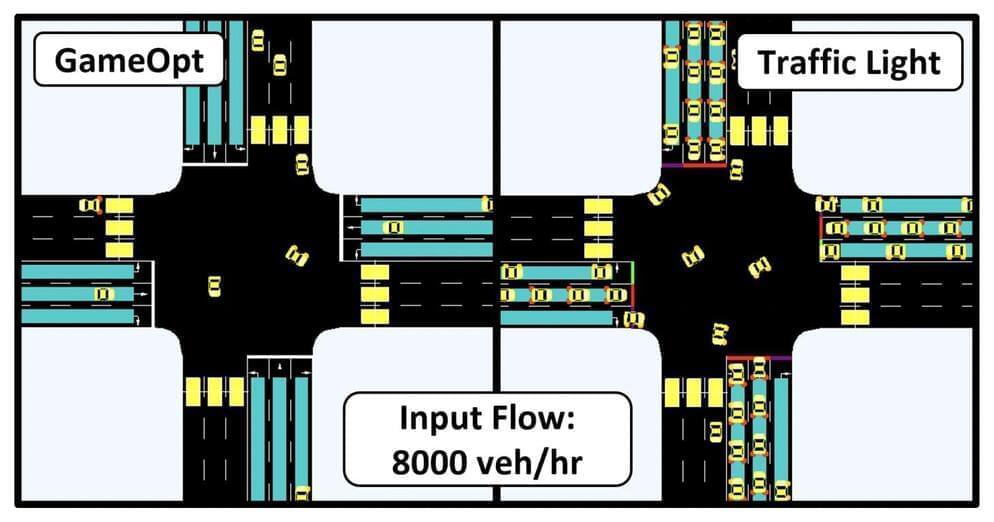Meta is developing a machine learning model that scans these citations and cross-references their content to Wikipedia articles to verify that not only the topics line up, but specific figures cited are accurate.
This isn’t just a matter of picking out numbers and making sure they match; Meta’s AI will need to “understand” the content of cited sources (though “understand” is a misnomer, as complexity theory researcher Melanie Mitchell would tell you, because AI is still in the “narrow” phase, meaning it’s a tool for highly sophisticated pattern recognition, while “understanding” is a word used for human cognition, which is still a very different thing).
Meta’s model will “understand” content not by comparing text strings and making sure they contain the same words, but by comparing mathematical representations of blocks of text, which it arrives at using natural language understanding (NLU) techniques.








